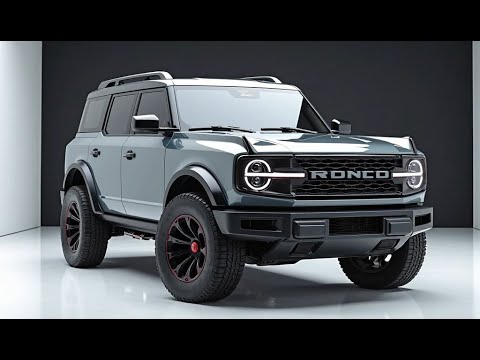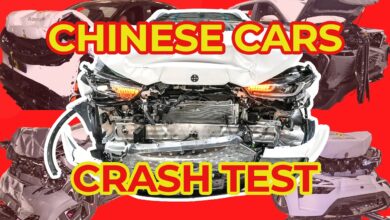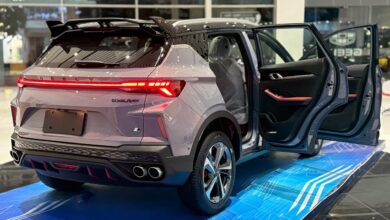Annihilating the Mundane: A Deep Dive into the Unconquerable…

It doesn’t just drive; it conquers. Forget polite nods and subtle glances; the Hummer H1 demands attention, then steamrolls any preconceived notions of what a vehicle can be. This isn’t just an SUV; it’s a statement, a declaration of intent, a rolling embodiment of raw, untamed capability. For enthusiasts and casual observers alike, the H1 remains a fascinating, often bewildering, testament to automotive extremism.
Key Features: Built for the Apocalypse, Ready for Anything
The Hummer H1, born from the battlefield as the M998 High Mobility Multipurpose Wheeled Vehicle (HMMWV), is an icon of utilitarian design. Its identity is forged in its unparalleled off-road prowess. Salient elements include its massive ground clearance, independent suspension, and a wide, stable stance. This vehicle isn’t about luxury; it’s about getting you there, no matter “there” entails. It’s an engineering marvel built to tackle terrains that would leave other 4x4s stranded.
Exterior Design: A Brutalist Masterpiece
Step-by-step, the H1’s exterior is a study in purposeful design. The flat, nearly vertical windshield offers an expansive, if somewhat un-aerodynamic, view. Its prominent, rectangular headlights, often recessed for protection, speak to its military origins. The body lines are stark, angular, and unapologetically functional. There are no smooth curves here, only robust, bolted-on panels. The wide track is emphasized by exposed suspension components and massive tires. Even the door hinges are external, reinforcing its rugged, no-nonsense aesthetic.
Advantages: The design provides exceptional visibility and an intimidating presence. Its modular construction aids in field repairs. Disadvantages: Aerodynamics are non-existent, leading to significant wind noise and fuel inefficiency. Its sheer width makes urban maneuvering a challenge. Parking can be an exercise in frustration.
Interior Design and Dashboard: Spartan Utility with Unexpected Comfort
The cabin of the H1 is a unique experience. Stepping inside requires a significant climb, revealing a surprisingly spacious, albeit unconventional, layout. The center tunnel, housing the drivetrain, is enormous, effectively splitting the front seats. The dashboard is a fascinating blend of military-grade ruggedness and surprisingly clear instrumentation. Large, legible analog gauges dominate the view, providing essential information at a glance. Technical features are focused on utility: heavy-duty switches, a robust climate control system, and often, a rudimentary stereo. Comfort is relative; the seats are firm but supportive, designed for long hauls over rough terrain. Aesthetic details are minimal, prioritizing function over form. Exposed bolts and raw materials are commonplace.
Advantages: The interior is durable, easy to clean, and built to withstand abuse. The functional layout puts controls within easy reach. Disadvantages: The massive central tunnel significantly encroaches on cabin space, making it difficult to move between seats. The lack of refinement might be a shock for those accustomed to modern SUVs. Noise insulation is poor, leading to a loud cabin experience.
Performance: A Locomotive on Wheels
Under the hood, various engines have powered the H1, most commonly a range of V8 diesels. Engine power, while substantial, is geared towards torque and low-end grunt rather than outright speed. Acceleration is deliberate, not blistering. This isn’t a drag racer. Top speed is respectable but not the H1’s forte, typically capped for safety and stability. Driving dynamics are utterly unique. The H1 floats over obstacles with incredible ease, its independent suspension absorbing bumps that would shatter other vehicles. Its wide stance provides exceptional stability on inclines. However, handling on paved roads can feel ponderous, with significant body roll. Parts replacement can be challenging, as many components are specialized or military-grade.
Warranty limitations, especially on older models, are often non-existent, making diligent pre-purchase inspections crucial. Be prepared for a higher cost of ownership for maintenance and repairs.
Pros: Unrivaled off-road capability, impressive towing capacity, incredibly robust drivetrain. Cons: Sluggish on-road performance, significant fuel consumption, challenging to park, potential for high maintenance costs, parts availability can be an issue.
Source: 50CAR Channel – Full credit to the creator. Visit the channel, leave a like, and subscribe to stay updated with all the latest content!
Best Selling Car Brandes in the United States
Discover the 100 Most Influential Car YouTube Channels in the U.S.: A Complete Guide




































